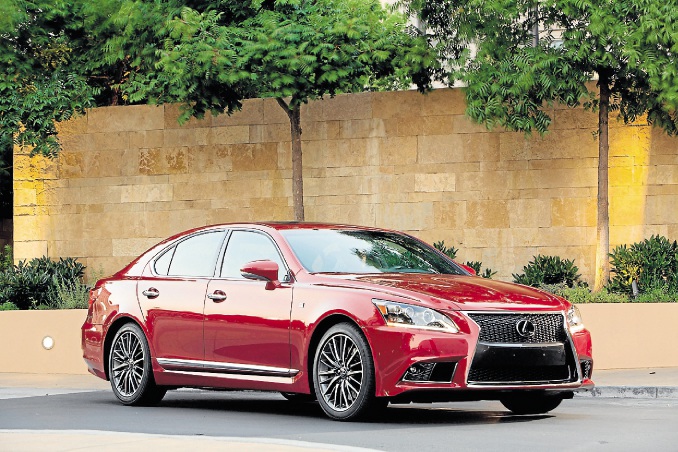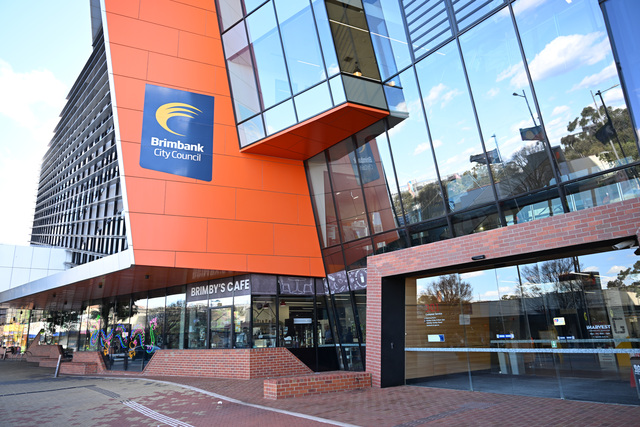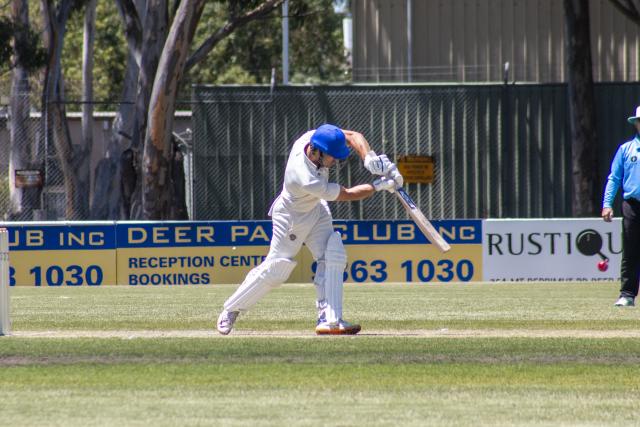THE upper-luxury car market is in a state of serious decline in many countries at the moment, with sales in Australia for example down by more than half in recent times.
People either can’t afford cars, or don’t want to be seen in ostentatious vehicles, or — and this is the most likely among many of the very rich — are going for highly equipped SUVs.
Lexus has been the leading Japanese upper-luxury car market worldwide for more years than its competitors care to remember. When the first Lexus, the LS line, was introduced in 1990 it was greeted with considerable scepticism by many pundits. These people have since been proven wrong. Extreme quietness and smoothness combined with a level of build quality that was close to perfection right from the start made many consider the Lexus LS400, as it was then, as an option instead of one of the big two German marques.
Now in a move that’s surprised many, Lexus has given the LS line a working over in the styling stakes, giving it a shape that’s anything but ordinary. The new Lexus LS’s big ‘spindle-grille’ front is complemented by flowing lines that could almost be Italian in the flair of their flare.
Upper-luxury cars tend to be on the conservative side, with the Audi, BMW and Mercedes offerings being much more conventional in their bodies. Only time will tell if the Lexus planners have got it right.
Due to the need to keep the cost of the redevelopment of the latest Lexus LS line under control during the harsh years of the GFC, this is not an all-new model. Rather it carries much of the existing ‘skeleton’ but with significant changes in shape and mechanically.
The doors and the roof panels have been carried over but everything has been reshaped. The floor pan has been strengthened and has had some aerodynamic aids added to further reduce noise levels and at the same time make it a little slicker through the air to minimise fuel consumption and emissions.
Prices start at $189,900, not including government or dealer delivery charges.







